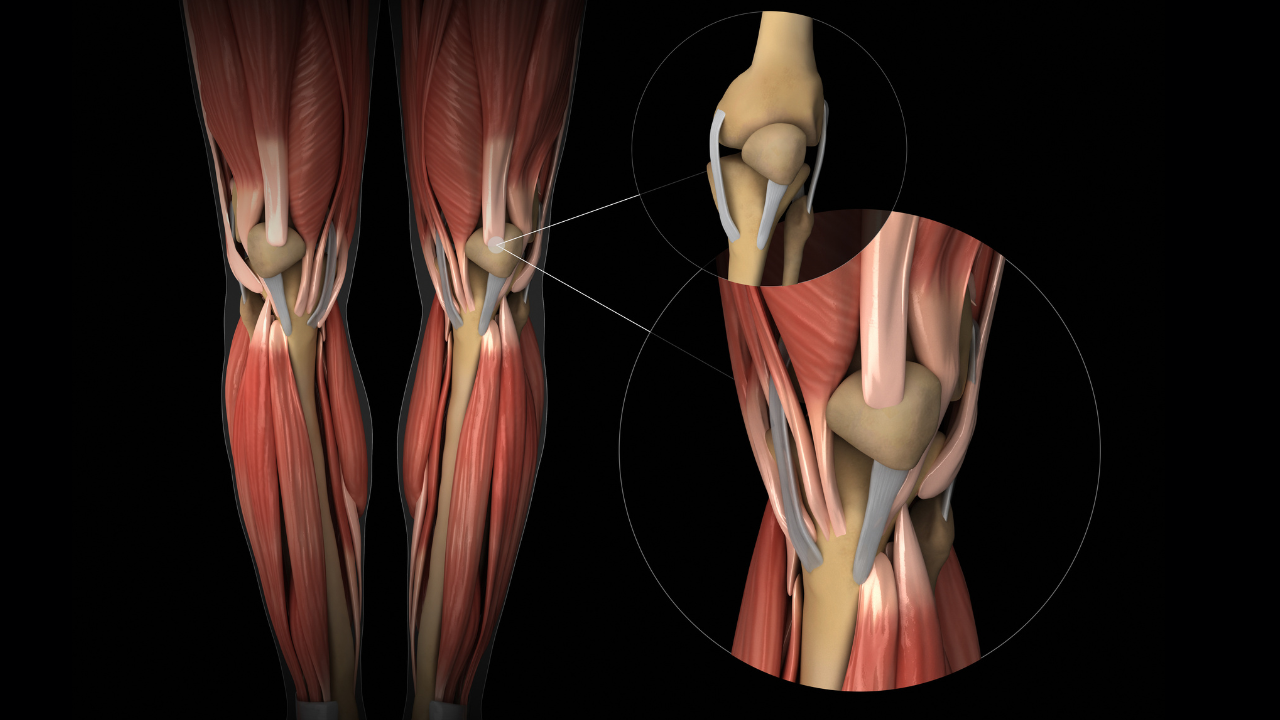Complex Ligament Reconstruction
Complex Ligament Reconstruction refers to the surgical repair or reconstruction of multiple damaged ligaments in the knee or other joints. This type of surgery is often required after severe injuries, such as those resulting from sports or accidents, where more than one ligament is torn or severely damaged. The goal is to restore joint stability, function, and mobility. Complex ligament reconstruction is a more intricate procedure compared to single ligament repairs, as it involves repairing or reconstructing two or more ligaments, such as the ACL, PCL, MCL, or LCL.
Complex Ligament Reconstruction: A Detailed Guide
Procedure for Complex Ligament Reconstruction
- Anesthesia: General or regional anesthesia is administered to ensure patient comfort during surgery.
- Incisions and Arthroscopy: The surgeon makes small incisions and uses an arthroscope (a small camera) to guide the surgery.
- Graft Harvesting: Grafts, which can be autografts (from the patient) or allografts (from a donor), are harvested to replace the torn ligaments.
- Reconstruction: The damaged ligaments are replaced with the grafts, which are threaded through tunnels drilled in the bone. The grafts are secured in place using screws or other fixation devices.
- Closure: After the ligaments are reconstructed, the incisions are closed with sutures, and the knee is bandaged.
Do’s and Don’ts After After Complex Ligament Reconstruction
Do's
- Follow Your Physical Therapy Program: This is crucial for regaining mobility, strength, and stability in the joint.
- Use Crutches or a Brace: Limit weight-bearing activities and use crutches to avoid stressing the reconstructed ligaments.
- Ice and Elevate the Joint: Apply ice packs to reduce swelling, and keep the leg elevated to reduce discomfort.
- Attend Follow-Up Appointments: Regular check-ups are necessary to ensure proper healing and monitor the progress of the new ligaments.
- Perform Gentle Range-of-Motion Exercises: Early mobility exercises help prevent stiffness without straining the ligaments.
Don’ts:
- Avoid High-Impact Activities: Running, jumping, or pivoting movements can damage the new ligaments before they fully heal.
- Don’t Skip Rehab Sessions: Rehabilitation is essential for a successful recovery; skipping therapy can lead to poor outcomes.
- Avoid Full Weight-Bearing Too Soon: Premature weight-bearing can disrupt the healing process and cause complications.
- Don’t Ignore Pain or Swelling: Persistent pain, swelling, or signs of infection should be reported to your surgeon immediately.
- Refrain from Twisting or Turning the Knee: Sudden twisting motions can place unnecessary strain on the healing ligaments.
Recovery Timeline
- Week 1-2: Use crutches, keep the knee elevated, and start gentle range-of-motion exercises.
Week 3-6: Gradually introduce partial weight-bearing and begin strength-building exercises under supervision.
Week 6-12: Full weight-bearing allowed, with low-impact activities like cycling or swimming.
Month 3-6: Focus on muscle strengthening, balance, and stability exercises.
Month 6-12: Gradual return to high-impact activities and sports with approval from the surgeon. Full recovery may take up to a year.
Frequently Asked Questions
What is complex ligament reconstruction?
How long does the surgery take?
The procedure typically takes 2 to 3 hours, depending on the number of ligaments involved and the complexity of the damage.
What is the recovery time for complex ligament reconstruction?
Recovery can take 6 to 12 months, depending on the patient’s overall health, adherence to physical therapy, and the complexity of the reconstruction.
Will I need physical therapy after surgery?
Yes, physical therapy is essential for restoring full range of motion, strength, and stability. It typically begins within a week after surgery.
How soon can I bear weight on my leg after surgery?
Most patients begin partial weight-bearing after 4 to 6 weeks. Full weight-bearing is usually allowed around 6 to 8 weeks, depending on the surgeon’s instructions.
Can I return to sports after complex ligament reconstruction?
Yes, but returning to high-impact sports typically takes 6 to 12 months, and only after completing rehabilitation and being cleared by your surgeon.
What are the risks associated with complex ligament reconstruction?
Risks include infection, graft failure, stiffness, and blood clots. However, these risks are minimized with proper post-operative care.
How do I know if I need complex ligament reconstruction?
If multiple ligaments are torn, leading to significant joint instability, pain, and reduced mobility, complex ligament reconstruction may be recommended by your orthopaedic specialist.
Will I need a knee brace after surgery?
Yes, a knee brace is typically used for the first few weeks to stabilize the joint and protect the reconstructed ligaments.
How long will the reconstructed ligaments last?
With proper care and adherence to rehabilitation protocols, the reconstructed ligaments can last many years, providing long-term stability and function.
Discover New Heights in Healthcare with
Spire Hospital!

Address
Survey No 588, B4, 1st Floor, Ganesh Market, Jawaharlal Nehru Road, Aai Mata Mandir Chowk, Opp Market Yard Bus Depot, Bibevewadi, Pune : 411037
Phone
91759 83868
punehipandknee@gmail.com
punehipandknee@gmail.com
